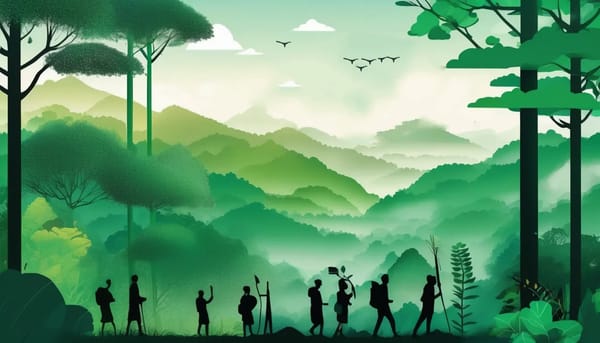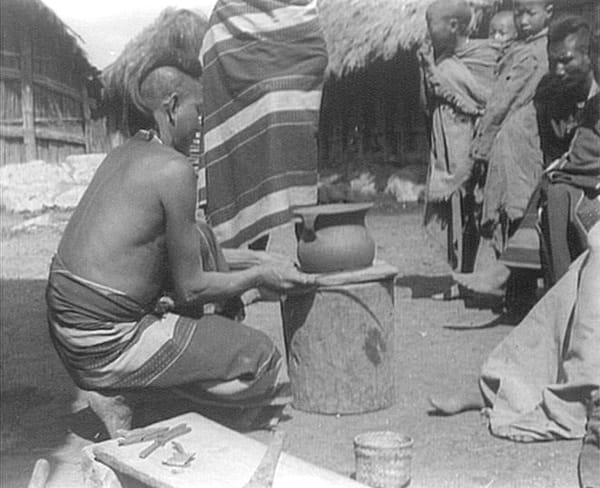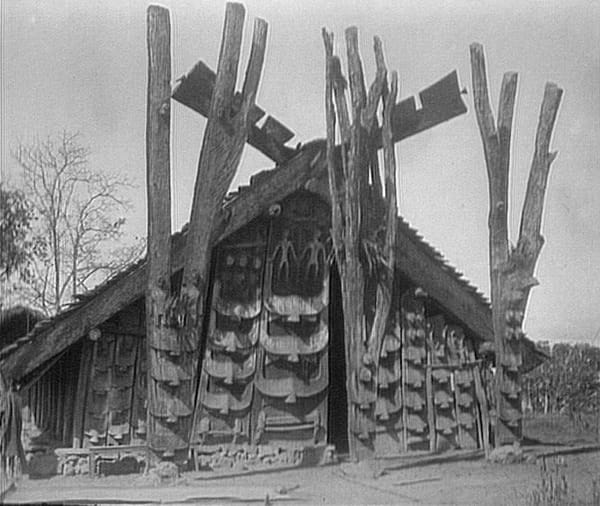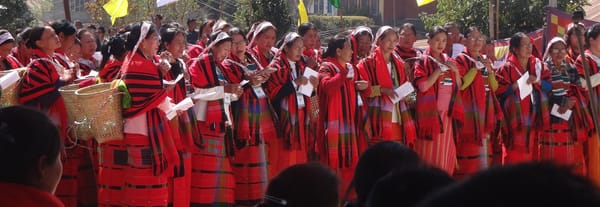Brief Account of Indo-Naga Political Negotiations
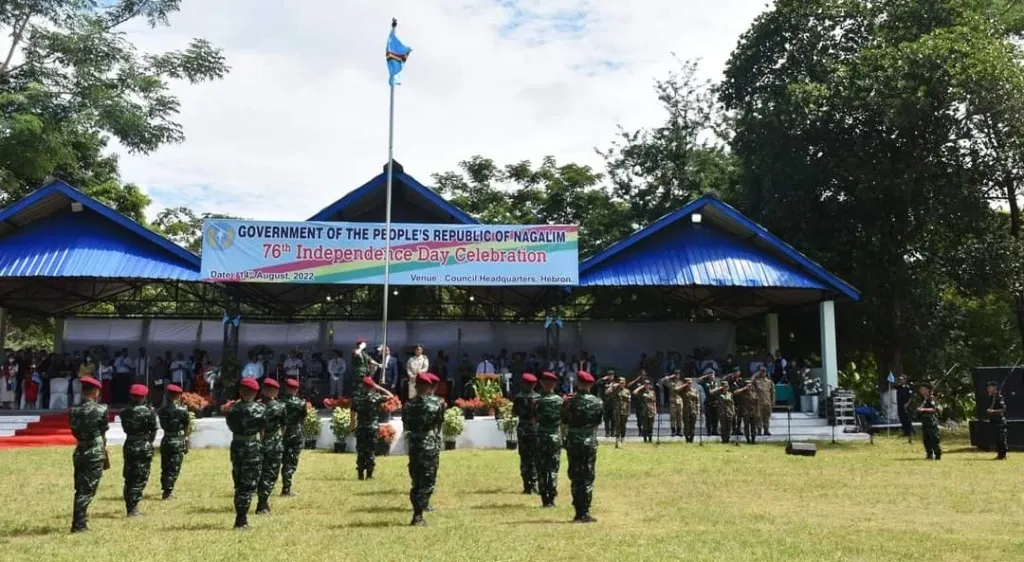
By Lt. Gen. (Retd.) Vs. Atem, Member, Collective Leadership, GPRN
In the context of the Indo-Naga political negotiations where the uniqueness of Naga history and situation has found a prominent mention; it is a matter of necessity for the Nagas to keep ourselves abreast of this historical reality – how and where the Naga history begins lest we distort our history. We have to justify our historical right on the basis of our existence with unblemished indigenous character that constitute in building the unique history of the Nagas. It is on the strength of the unique history of Nagas recognized by Government of India that the Indo-Naga political talks has come this far.
We the Mongoloid Nagas are one of the oldest ancient people whose forefathers migrated to Nagalim between 2500 BC-750 BC. The Nagas who inhabited Nagalim are a distinct race who have been occupying their land since time immemorial. We are the first inhabitants of Nagalim. The Nagas occupied the land and live there untouched by any other human being, a pure class of indigenous people with each tribe and village having their own distinct dialect with domineering spirit for sovereign existence.
The Ancient Nagas according to our forefathers’ folk songs and folklores had migrated from the Sino-Mongoloid race that came in waves from Central Asia towards the end of the BC era through the Himalayan region and Angko region and the Patkai range to the Burmese corridor.
There should be no doubt or confusion that only the Nagas are indigenous people in the land of the ancestors. Today, it is unfortunate to point out that Nagaland through legislation has distorted the indigenous status of the Nagas by giving undue recognition to the late comers like Kacharis, Dimasas, Garos, and others from India like Bengalis, Biharis and Marwaris who came to Nagaland as traders. Our forefathers never equated themselves to their level as indigenous people. In the present context, they can be accepted as permanent settlers but not as indigenous people which only belongs to the Naga people.
The Naga forefathers, actively resisted against the Ahoms, the Burmese, the Dimasas, the Manipuris, and the Kacharis during 663 to 1818 AD. The Nagas had their struggle of resistance against the British rule for (one hundred fifteen) 115 years i.e, from 1832-1947. The British historians mentioned that between 1837 and 1880, the British power carried out as many as eleven (11) expeditions to control and subjugate just two Angami villages in the form of frontier wars. They described the expeditions as extraordinary obstinacy on the part of the Nagas. During the last expedition against the Angami Nagas at Khonoma in 1879, the British deployed two divisions of troops consisting of levies from Manipur and Kuki mercenaries. But, they could not subjugate the Angami Nagas. It was found that the Naga head hunting traditional warriors were so ferocious in defending their territories that the British soldiers even with their sophisticated weapons were afraid of the Naga-naked head hunters and could not forcibly occupy the whole Naga Hills. Henceforth, the British decided not to touch the Nagas but to leave them in peace as free people. And this became their cardinal principles in dealing with the Nagas.
Twenty (20) years before the British departure from India, the Naga Club submitted a memorandum to Simon Commission on January 10, 1929 wherein it was mentioned that “if the British Government want to throw us away, we pray that we should not be thrust to the mercy of the people who could never subjugate us, but to leave us alone to determine for ourselves as in ancient times.”
Prior to 1947, the Nagas had no affinity with the Indians on any aspect of life. Therefore, Nagalim is neither a part of Indian territory nor Nagas were Indians. The cunning British expedition dominated India but could only occupy and rule 30 per cent of Naga territory. And the unconquered 70 percent of Nagalim was left as un-administered territories and even Naga Hills was placed as Excluded Area under the Government of India Act 1935 when the British left India.
The Government of India desperately is trying to distort historical facts by claiming that they have inherited the Naga areas from the British Government. But, such a claim is unfounded. If the claim of India is correct, then the Nagas were living as slaves to the British. As such, the claim of India holds no water. It is purely a case of forcible occupation. There are hundreds of evidences of facts that I need not go into details. If any organization hold the view contrary to this position, such an organization cannot represent the Naga people. Nagas are unfortunately divided through the machination and manipulation of the Government of India agencies. I say this because certain organizations are claiming to be fighting for the issues of the Nagas of Nagaland state only. This is very unfortunate. And this is nothing less than an act of utter disrespect to our national freedom fighters who have laid down their lives in hundreds of thousands.
The Government of India through Akbar Hydari, the then Governor of Assam proposed the 9-Point/Hydari Formula in June 1947 to solve the Indo-Naga issue, and it was accordingly signed as an agreement after prolonged discussions with omissions and additions. But, it was discarded into the dust bin of history by the Government of India when they realized that Nagas were not going to be that easy to be maneuvered as they like.
Under this background, NNC leaders went to Delhi to meet Gandhi to make their stand clear that Nagas will declare Independence. Getting the positive response from Gandhi, the Naga delegation came back to Kohima and declared Naga Independence on 14th August, 1947. The message of the declaration of Naga Independence was sent to the King of England, the Secretary General of the United Nations Organization (UNO), the offices of all embassies in New Delhi and Government of India.
NNC, however, had exercised its magnanimity to conduct Naga Plebiscite and duly informed the Indian Government on January 1, 1951 about the program with the request to send ‘Observer’. Unfortunately, India consciously abstained from the exercise apprehending the outcome of the referendum. The Plebiscite was held on May 16, 1951, wherein 99.9 % voted in favor of independence.
One fallacy on the part of India to be noted is the rush of Prime Minister of India, Mr. J. Nehru and Burmese Prime Minister, Mr. U Nu to Khamti from their Kohima visit in 1953 to demarcate the boundary that runs through the house of the chief of Longwa village that lies on the Indo-Myanmar boundary to divide the Nagas between the two countries. What is the urgency in doing so if British had handed over Nagas and their land to India?
The violent occupation of Nagalim by India had forced the Nagas to resist with all their might. Thus, Naga’s case cannot be compared with other states like Khalistan, Assamese, Tripuris, etc. who have voluntarily joined the Union of India.
The Government of India had accepted this historical fact as testified by the signing of agreement on July 11, 2002 wherein they recognized the unique history and situation of the Nagas.
One question we need to stand aware is, if India claim that they inherited Nagaland from the British why they had invaded Nagaland forcibly? For India, its invasion by the British is wrong. But, they don’t consider it wrong when they forcibly invaded Nagalim. From the logical point of view, India’s stand can never stand the scrutiny of rationality.
India claimed that it is the British who had first divided the Nagas. So, after British left India, it is their right to further sub-divide the Nagas? This is politically ridiculous. But, India knows too well that united Nagalim can be a challenge to their interest. Most importantly, India have tasted the military prowess of the Nagas during the last seventy (70) years of Indo-Naga conflict. They also cannot deny the valor of the Nagas as seen during the 1965 Indo-Pakistan War, 1971 Bangladesh Liberation War and the Kargil War 1999 where the Naga soldiers in the Indian army fought against the enemies with extraordinary valor and exploits.
Nevertheless, Nagas never consider Indians as their enemies. But rather, take them as big neighbor from whom we expect many good things for our future with mutual benefits.
After twenty two (22) years of negotiation came the historic 3rd August, 2015 Framework Agreement which acknowledged the political conflict that turned disastrous in terms of lives and properties. Having recognized the uniqueness of Naga history and situation, Government of India and NSCN agreed for an honorable solution on the basis of sharing sovereign powers which will be defined by the competencies of the parties. With the signing of this agreement, both the parties expressed that it is a matter of great satisfaction that negotiation between the Government of India and NSCN have satisfactorily concluded and it is confident that it will provide for an inclusive and enduring new relationship of peaceful co-existence of the two entities. Nagas can no longer be kept in 2, 3 sectors. Nagas will be one entity as a counterpart of great India. That is why GoI has agreed that integration of all Nagas with our land is our legitimate right.
We agreed to work out the details of the competencies as earliest as possible, but it had taken more than four (4) years on the pretext of this and that by the Government of India.
True to the principle of Framework Agreement, we have worked out almost all the competencies, except the sticky points – Naga national flag and Yehzabo.
Government of India place their argument that flag and Yehzabo are only symbolic issues. But for the Nagas, these two issues are life and soul of the Naga nation.
We have agreed for a new relationship of peaceful co-existence with India. Accordingly, the nature of the peaceful co-existence will be defined by competencies. We have also agreed that the agreement of the solution shall be incorporated in the constitution of India as a separate chapter, which shall not be changed unilaterally by either of the parties unless approved by two-third of both the houses of Parliament of India and the two houses of Tatar Hoho of Nagalim. So, this provision will ensure the inviolability of the agreement.
We don’t claim that this agreement is 100% victory of the Nagas over India or vice versa. This is a win-win solution of the prolonged negotiation. But, until and unless the Government of India recognizes the Naga national flag and Naga Constitution out of the agreement as inseparable from the would-be agreement, there would be no solution because that would be tantamount to deviating from the principle of Framework Agreement. Solution without flag and constitution can never be honorable.
Therefore, it is our utmost request to all of you today, “please understand with us, we need your cooperation and all out support”. Kindly pray for us and Indian leaders as well.
Thank you. May God bless the Nagas!
KUKNALIM !!


